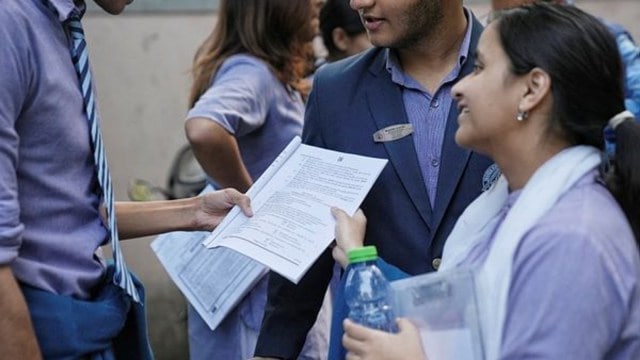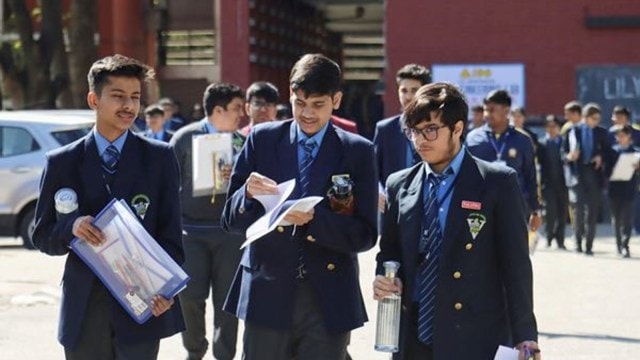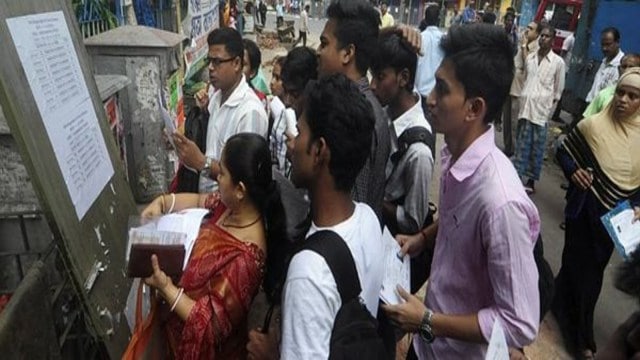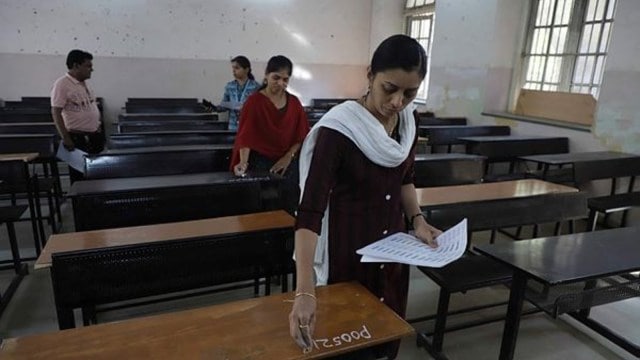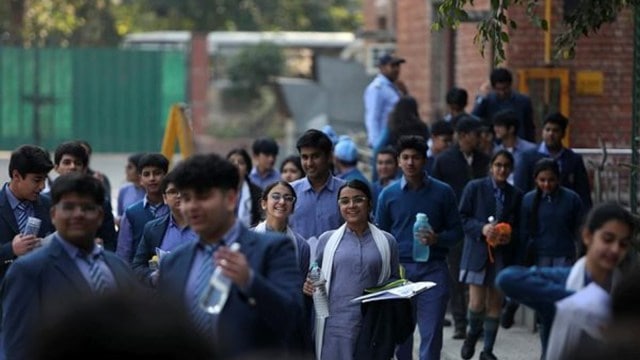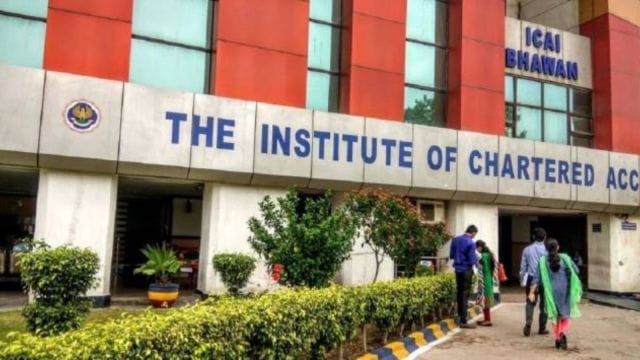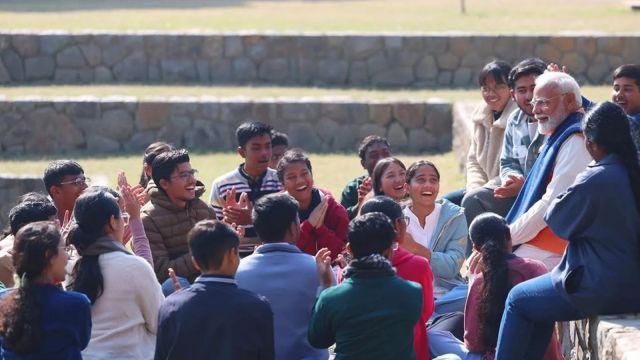
UPSC Essentials | Daily subject-wise quiz : History, Culture and Social Issues MCQs on Sardar Patel, Satnami Movement and more (Week 83)Sign In to read
UPSC Essentials brings to you its initiative of daily subject-wise quizzes. These quizzes are designed to help you revise some of the most important topics from the static part of the syllabus. Attempt today’s subject quiz on History, Culture and Social Issues to check your progress. Come back tomorrow to solve the Environment, Geography, Science and Technology MCQs. Don’t miss checking the answers and explanations.
Which of the following statements about Sardar Vallabhbhai Patel is not correct?
(a) He was the first Deputy Prime Minister and Home minister of India.
(b) He secured the accession of the princely states, aligning regions with the nation’s constitutional framework.
(c) During the political integration of India, Patel was the de-facto Supreme Commander-in-chief of the Indian army.
(d) Mahatma Gandhi bestowed him with the title ‘Sardar’ for the first time.
Explanation
— On October 31, India celebrated National Unity Day, marking the birth anniversary of the Sardar Vallabhbhai Patel.
— Vallabhbhai Jhaverbhai Patel, famously known as Sardar Patel was the first Deputy Prime Minister and Home minister of India.
— He had played a significant role in India’s struggle for freedom against the British. In the capacity of a lawyer, had freed several peasants in non-violent civil disobedience movement from Kheda, Bardoli and Borsad and later came to be known as one of the most influential leaders in Gujarat.
— It was women of Bardoli who bestowed the title Sardar for the first time, which in Gujarati and most Indian languages means Chief or Leader.
— Sardar Vallabhbhai Patel, the first Home Minister of independent India, was instrumental in unifying and defining the country. Patel’s diplomatic efforts resulted in the accession of the princely states, which were then aligned with the nation’s constitutional structure.
— He took a variety of measures depending on the occasion; he gave courteous advice in some situations, encouraged monarchs to see reason in others, and even utilised force in the case of Hyderabad.
— During India’s political integration, Patel served as the de facto Supreme Commander-in-Chief of the Indian Army.
— He played a key role in establishing India’s contemporary services system. As a result, he is known as the “patron saint of India’s civil servants”.
Therefore, option (d) is the correct answer.
With reference to the Satnami Movement, consider the following statements:
1. It is a religious movement founded by Guru Baba Ghasidas.
2. The people in Satnami Samaj rigorously follow the idol worship.
3. This movement was established in southern India.
How many of the statements given above are correct?
(a) Only one
(b) Only two
(c) All three
(d) None
Explanation
— Ghasidas founded the Satnami movement in Central India by working among leatherworkers and organising a campaign to enhance their social standing. In eastern Bengal, Haridas Thakur’s Matua sect laboured alongside Chandala cultivators. Hence, statement 1 is correct and statement 3 is not correct.
— In Satnami Samaj, people do not worship idols. They revere the Jaitkham and Gaddi (throne/seat). Jaitkham is a sign for the most renowned Guru, Ghasidas Baba ji. Hence, statement 2 is not correct.
— Members of the Satnami Samaj, also known as the Satnam Panth, are largely Scheduled Castes who dwell in Chhattisgarh and Madhya Pradesh.
— Kabir, who opposed idolatry and organised religion’s orthodoxy, was a torchbearer of the nirguna bhakti tradition, which worships an immanent, formless Absolute known as sat naam or satya naam in numerous of his poems.
Therefore, option (a) is the correct answer.
Consider the following statements:
1. He led the expedition to peacefully integrate Tawang into India.
2. He played an instrumental role in establishing essential military and security frameworks, such as the Sashastra Seema Bal, Nagaland Armed Police, and the Naga Regiment.
The above mentioned statements refer to:
(a) Tirot Sing
(b) Gopinath Bordoloi
(c) Shoorvir Pasaltha Khuangchera
(d) Bob Khathing
Explanation
— Defence Minister Rajnath Singh inaugurated the Major Ralengnao ‘Bob’ Khathing Museum of Valour at Tawang in Arunachal Pradesh.
— The virtual event was held on October 31, the birth anniversary of Sardar Vallabhbhai Patel, observed as National Unity Day, where Singh also inaugurated a statue of Patel.
— The legendary Bob Khathing led the expedition to peacefully integrate Tawang into India. He was also instrumental in establishing essential military and security frameworks, such as the Sashastra Seema Bal, Nagaland Armed Police, and the Naga Regiment.
— By the time of the Tawang expedition, Bob Khathing had already made a name for himself in the Second World War through his soldierly exploits.
— In 1951, Major Bob Khathing, then a member of the Indian Frontier Administrative Service, was tasked by the Governor of Assam, Jairamdas Daulatram, to occupy Tawang in Arunachal Pradesh. It was important to secure the area as there were indications that the Chinese were preparing to walk into Tibet and possibly re-align the boundary with India.
— Bob Khathing started the expedition for Tawang on January 17, 1951, from the Lokhra Camp near Assam’s Charduar with troops of Assam Rifles. The terrain was hostile and the weather extreme, but Khathing and his men persevered. Once they arrived in Tawang, Khathing held parleys with the locals, winning over their trust. He officially took Tawang under Indian administration by hoisting the Indian flag on February 14, 1951.
Therefore, option (d) is the correct answer.
Consider the following statements:
1. This art of painting is an ancient skill with its origins in Persia.
2. The base of this paint is made by heating castor oil and casting it in cold water.
3. This art has got a geographical indication (GI) tag from Gujarat.
The above mentioned statements refer to:
(a) Pani Meteka craft
(b) Gond paintings
(c) Batik prints
(d) Rogan craft
Explanation
— The Rogan Craft of Painting is an old art that originated in Persia and spread to Kutch some 400 years ago.
— Traditionally, the craft was devoted to flower motifs and designs speak of a Persian influence, and the term Rogan itself means oil-based in Persian, beauty bridal clothes of the regional tribes, gorgeous borders and floral patterns on Ghagras, Odhni, and bead spreads were meticulously painted.
— When castor oil is cooked over fire for more than twelve hours and then poured into cold water, it forms a thick residue known as Rogan, which is blended with natural colours extracted from the ground.
— Kutch Rogan Craft has been accorded a geographical indication (GI) tag under Sub-section (1) of Section 13 of Geographical Indications of Goods (Registration and Protection) Act, 1999.
Therefore, option (d) is the correct answer.
(Source: search.ipindia.gov.in)
Which of the following freedom fighters founded the Khudai Khidmatgars, a powerful nonviolent movement among the Pathans of his province?
(a) C. Rajagopalachari
(b) Hemu Kalani
(c) Khan Abdul Ghaffar
(d) Jethanand Shahani
Explanation
— Khan Abdul Ghaffar Khan, also known as Badshah Khan, the Pashtun leader from the North West Frontier Province, and his companions on a peace march through Bihar in March 1947.
— Badshah Khan founded the Khudai Khidmatgars, a nonviolent movement among Pathans in his realm.
— Badshah Khan fiercely opposed India’s partition. He chastised his fellow Congress members for agreeing to the 1947 partition.
Therefore, option (c) is the correct answer.
(Other Source: ncert.nic.in)
Daily subject-wise quiz — Polity and Governance (Week 83)
Daily Subject-wise quiz — History, Culture, and Social Issues (Week 82)
Daily subject-wise quiz — Environment, Geography, Science and Technology (Week 82)
Daily subject-wise quiz — Economy (Week 82)
Daily subject-wise quiz – International Relations (Week 82)
Subscribe to our UPSC newsletter and stay updated with the news cues from the past week.
Stay updated with the latest UPSC articles by joining our Telegram channel – IndianExpress UPSC Hub, and follow us on Instagram and X.

 Posts
Posts Sign up as a Teacher
Sign up as a Teacher